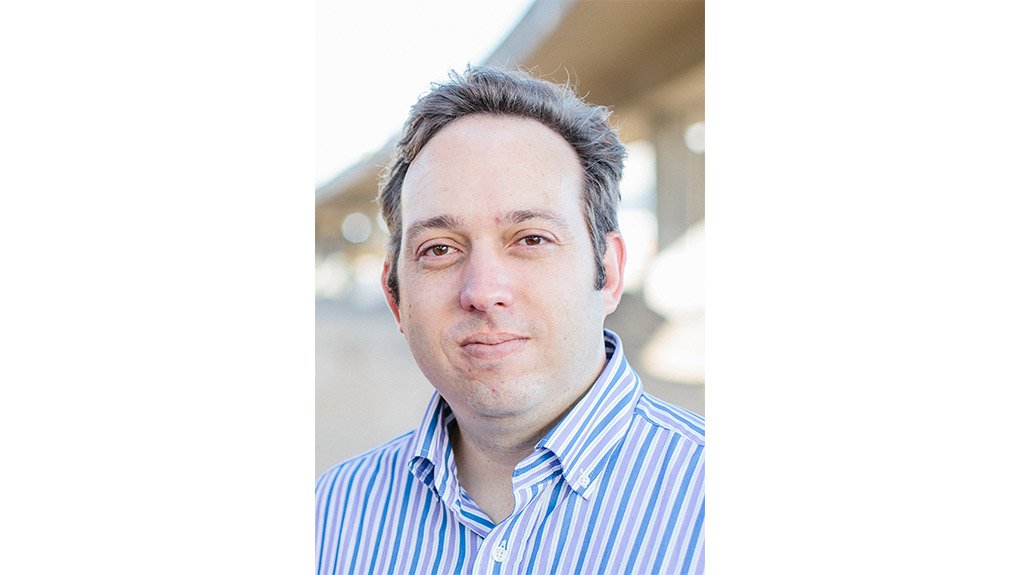Photon assay technology trialled in Africa
Laboratory services provider Sci-Ba has been appointed by engineering and construction company Thyssenkrupp Industrial Solutions South Africa to conduct the first investigation of PhotonAssay – a fast, affordable, nondestructive technique for rapid gold assay – available in Africa.
The aim of this investigation is to prove that the technology works on African ores, including ores that contain varying concentrations of gold, as well as other precious and base metals.
Sci-Ba is also tasked with assessing the technology’s robustness for use in remote locations in Africa. The success of this study will contribute to the revolution of assay methods used for gold, other precious metals and base metals across the continent.
This is the first major change in precious and base metals analysis in more than four decades.
PhotonAssay rivals traditional fire assay (FA).
PhotonAssay can measure gold concentrations in various matrices in exploration and process samples. It can also be used to assay other precious and base metals, such as copper. The traditional FA method has remained largely unchanged for more than 900 years, with the only advances made over the last half a century being in the fluxes used to retrieve precious and base metals.
PhotonAssay technology has been researched and developed by the Commonwealth Scientific and Industrial Research Organisation in Australia and although the technology was commercially available since 2018, it was officially launched in Africa by laboratory services and technology provider Chrysos Corporation at the Mining Indaba held at the Cape Town International Convention Centre in February this year.
PhotonAssay has already been successfully proven for compliance (Joint Ore Reserves Committee and National Instrument 43-101) based on Australian ores with the Australian Code for Reporting of Exploration Results, Mineral Resources and Ore Reserves and the IM Definition Standards for Mineral Resources and Mineral Reserves, which are both Committee for Mineral Reserves International Reporting Standards members.
The analysis time of PhotonAssay is at least 24 times shorter compared with FA, is more cost effective compared with current FA pricing and, notably, PA is nondestructive. This means that samples can be analysed faster and critical decisions can be made sooner. Samples can be re-analysed, stored and archived for later refinements of exploration and geological models, which has previously been impossible.
This will also allow for chemical and mineral testing to be performed on the same sample, allowing geochemical and mineralogical mapping to be more accurate, something which has plagued the mining industry for decades without advancement.
Africa is endowed with prodigious precious metal and base metal wealth, with multiple central, southern, east and west-African countries ranking in the top ten for mineral resources and reserves globally. This leads to significant potential for this technology to advance mining and African economies.
“Given the currently declining gold mining industry in South Africa, this technology could provide a much-needed extension to the mining sector locally,” says Sci-Ba MD David Long.
By proving compliance with the South African Code for Reporting of Exploration Results, Mineral Resources and Mineral Reserves, this technology could be a key to securing greater investment and funding for local projects, he adds.
“It could improve the sustainability of current operations by expanding the financial viability of marginal assets, such as low grade ores, tailings, waste rock piles and other materials that have long been too difficult to analyse and process,” Long concludes.
Comments
Press Office
Announcements
What's On
Subscribe to improve your user experience...
Option 1 (equivalent of R125 a month):
Receive a weekly copy of Creamer Media's Engineering News & Mining Weekly magazine
(print copy for those in South Africa and e-magazine for those outside of South Africa)
Receive daily email newsletters
Access to full search results
Access archive of magazine back copies
Access to Projects in Progress
Access to ONE Research Report of your choice in PDF format
Option 2 (equivalent of R375 a month):
All benefits from Option 1
PLUS
Access to Creamer Media's Research Channel Africa for ALL Research Reports, in PDF format, on various industrial and mining sectors
including Electricity; Water; Energy Transition; Hydrogen; Roads, Rail and Ports; Coal; Gold; Platinum; Battery Metals; etc.
Already a subscriber?
Forgotten your password?
Receive weekly copy of Creamer Media's Engineering News & Mining Weekly magazine (print copy for those in South Africa and e-magazine for those outside of South Africa)
➕
Recieve daily email newsletters
➕
Access to full search results
➕
Access archive of magazine back copies
➕
Access to Projects in Progress
➕
Access to ONE Research Report of your choice in PDF format
RESEARCH CHANNEL AFRICA
R4500 (equivalent of R375 a month)
SUBSCRIBEAll benefits from Option 1
➕
Access to Creamer Media's Research Channel Africa for ALL Research Reports on various industrial and mining sectors, in PDF format, including on:
Electricity
➕
Water
➕
Energy Transition
➕
Hydrogen
➕
Roads, Rail and Ports
➕
Coal
➕
Gold
➕
Platinum
➕
Battery Metals
➕
etc.
Receive all benefits from Option 1 or Option 2 delivered to numerous people at your company
➕
Multiple User names and Passwords for simultaneous log-ins
➕
Intranet integration access to all in your organisation




















